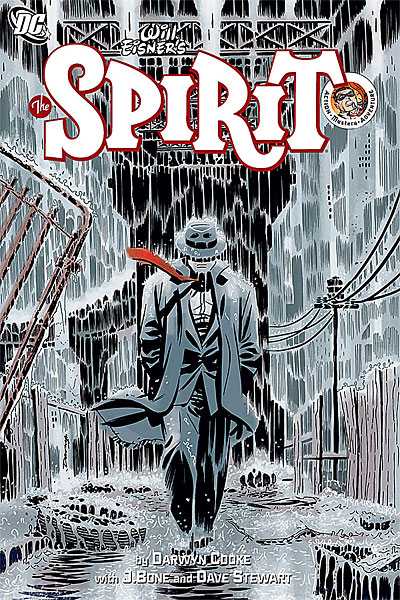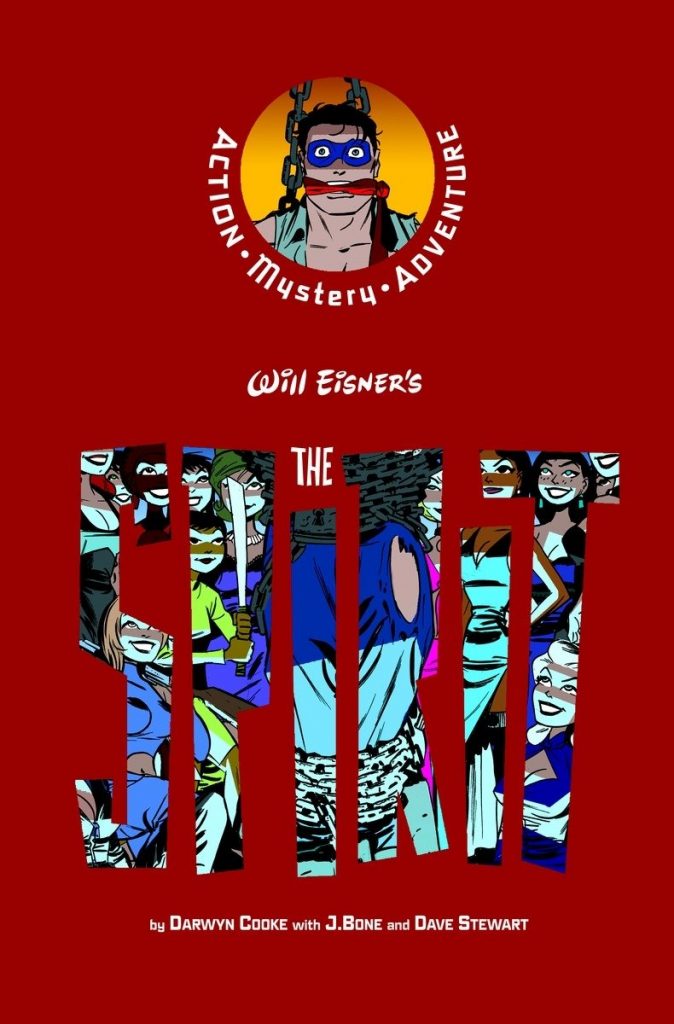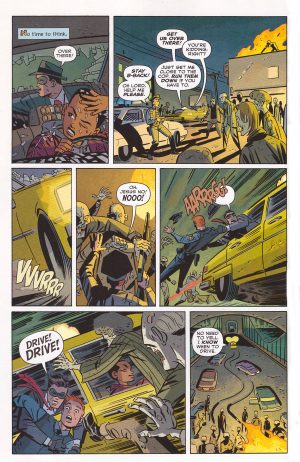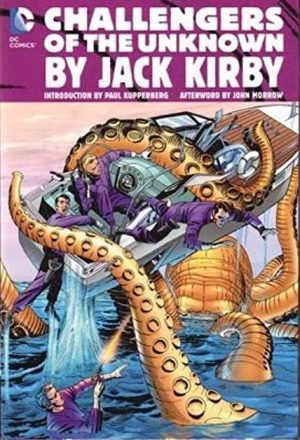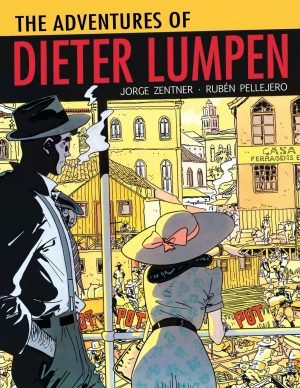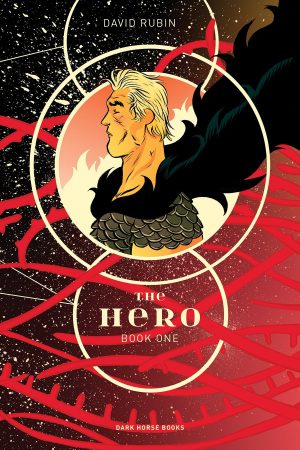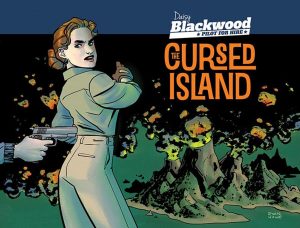Review by Karl Verhoven
This second selection of Darwyn Cooke’s Spirit falls a little short of the first by virtue of incorporating half a dozen contributions from other creators. These are big names and major talents, but their efforts don’t approach the standards set by Cooke, even making allowances for their only having eight pages to work with. It’s partly because they almost all opt for a caper story set in Central City, so they lack the variety both Cooke and the Spirit’s creator Will Eisner supply. The best of them is the first, by Walter Simonson and Chris Sprouse, the smartest variation and the nearest to the intended Eisner homage, even if Sprouse chooses greater realism rather than cartooning.
Cooke sets his stories in the modern era, and although any chapter can be enjoyed individually, there is a connecting plot running through everything in Volume 1, and continued here. The Octogon organisation features in the first Cooke contribution, this time in possession of a nuclear device. A countdown and a good maguffin extend the tension. Once again Cooke features the Spirit’s supporting cast well, following up with a great Ebony White solo featuring several narrators and a really horrific tone, Cooke altering his usual style of cartooning to give it the required chill. Cooke refers to Eisner for his ending, then supplies what’s labelled as a fill-in, but actually isn’t. It stars one of his new characters. “I’m Ginger Coffee, television’s crime fighter”, she announces, “Now will you run along so I can get this story to air for people who can afford cable?” Her deceit and manipulation have already been shown, but compared to the parade of extreme social media commentators spotlighted (and murdered), she’s positively angelic.
What makes Cooke’s stories rise above even most better blending of crime, comedy and drama is the depth given to the cast. This isn’t just the main players, but extends to people only playing a part in a single story or the villains. Alvarro Mortez is an especially troublesome specimen, but his relationship with his mother is unusual and defining. For some while the exception to the fine characterisation seems to be Ellen Dolan, who’s been one-note, but she eventually blossoms.
Cooke’s final story is his masterpiece. It takes its cue from an Eisner original in which the Spirit again meets the neighbourhood girl he grew up with, and the first he loved, but Cooke completely reworks the details. He produces an accomplished Eisner pastiche for the flashback pages, ensures the present day sequences are as heartbreaking as the past, and in the process wraps up plots he’s had boiling all along. It pushes all the right buttons, and in a career hardly short of quality highlights, it deserves consideration as his finest work.
So, only five Cooke stories here, as opposed to six and another drawn by him in the opening volume, but they’re all gems, true to their inspiration, yet not shackled to it, and all the more memorable for that.
